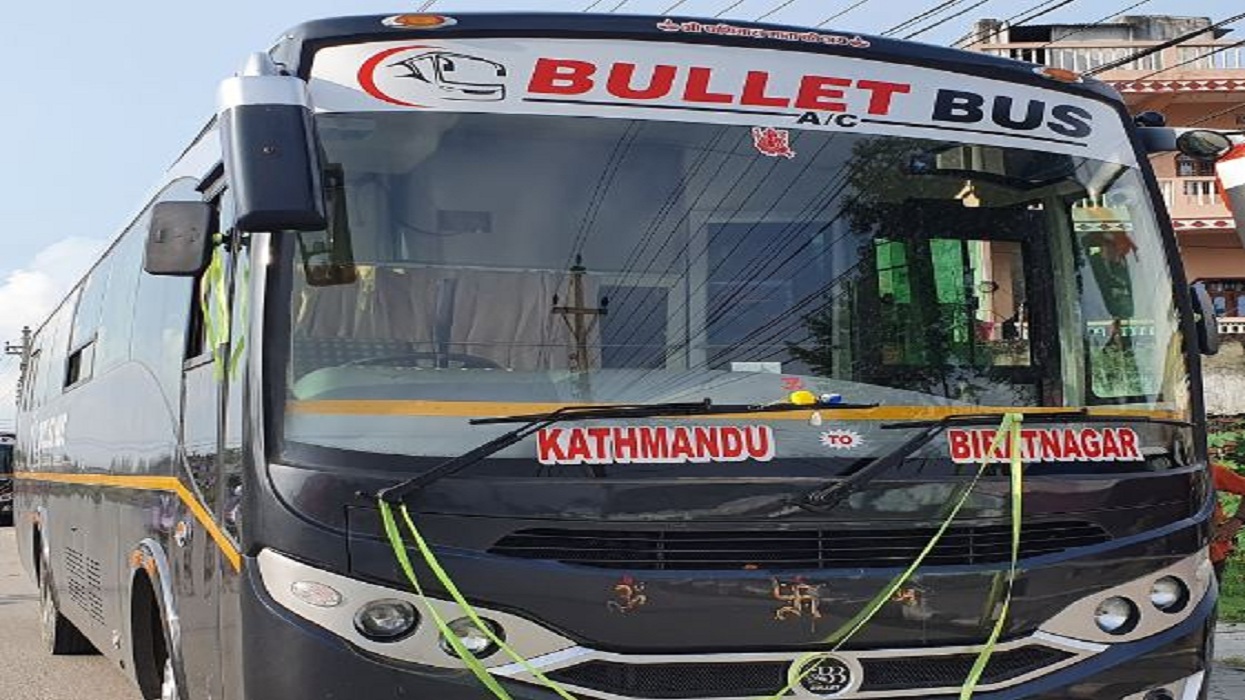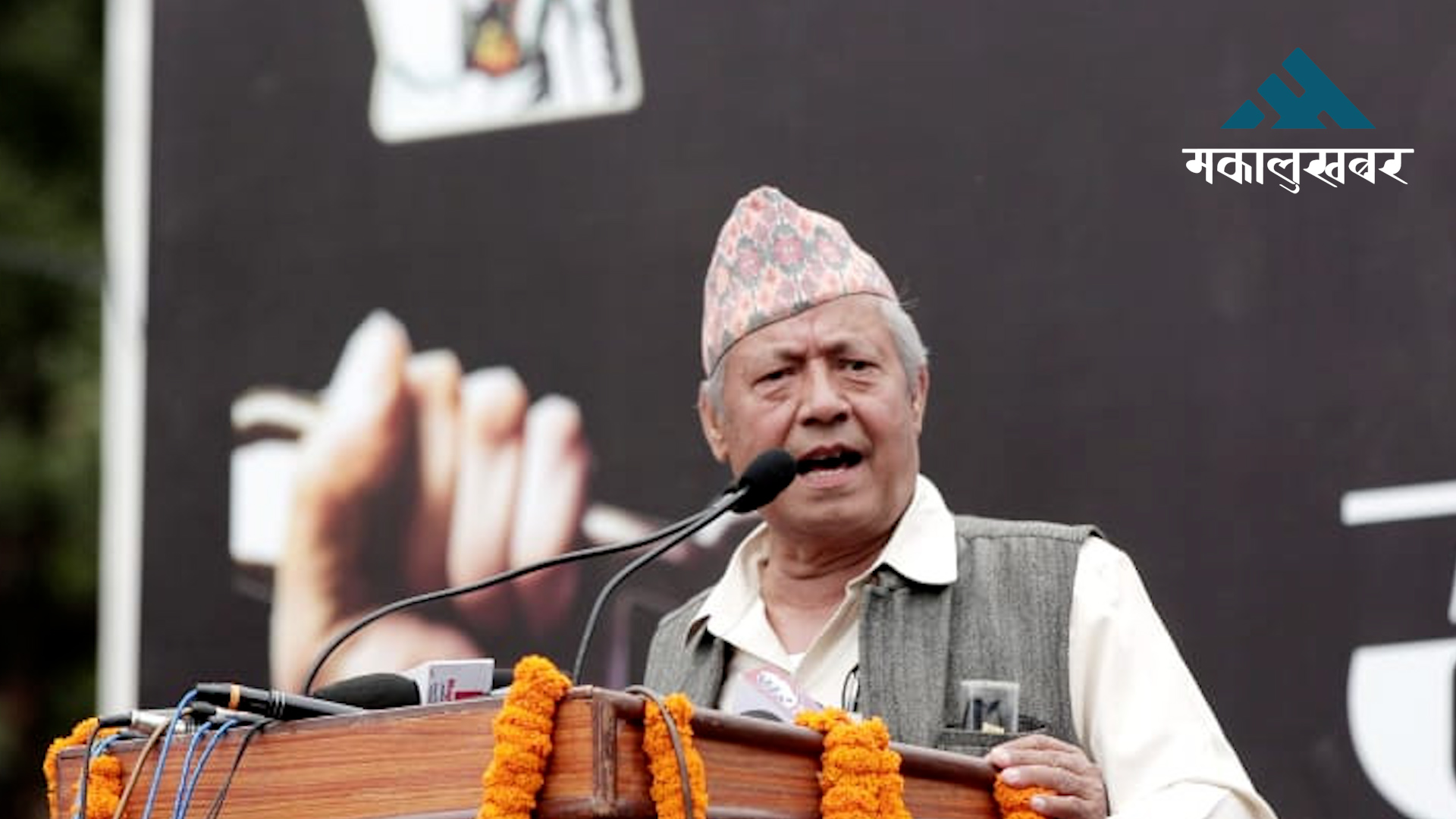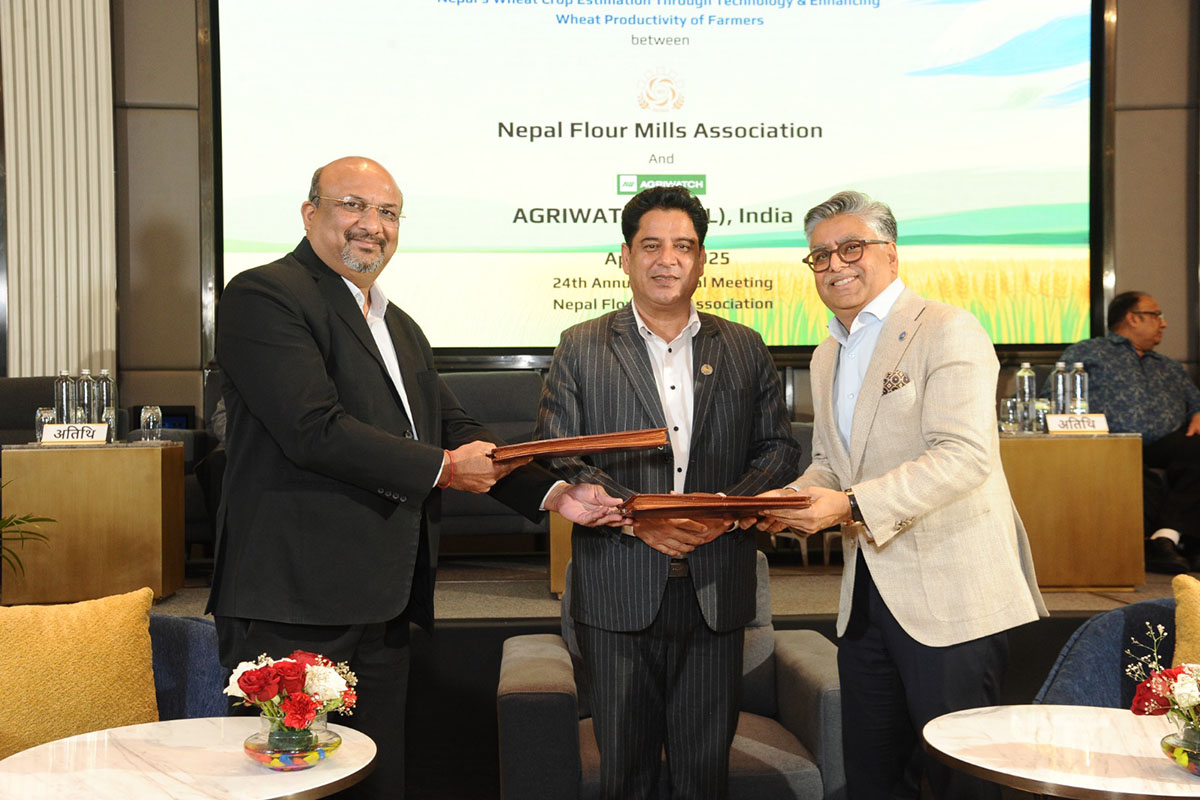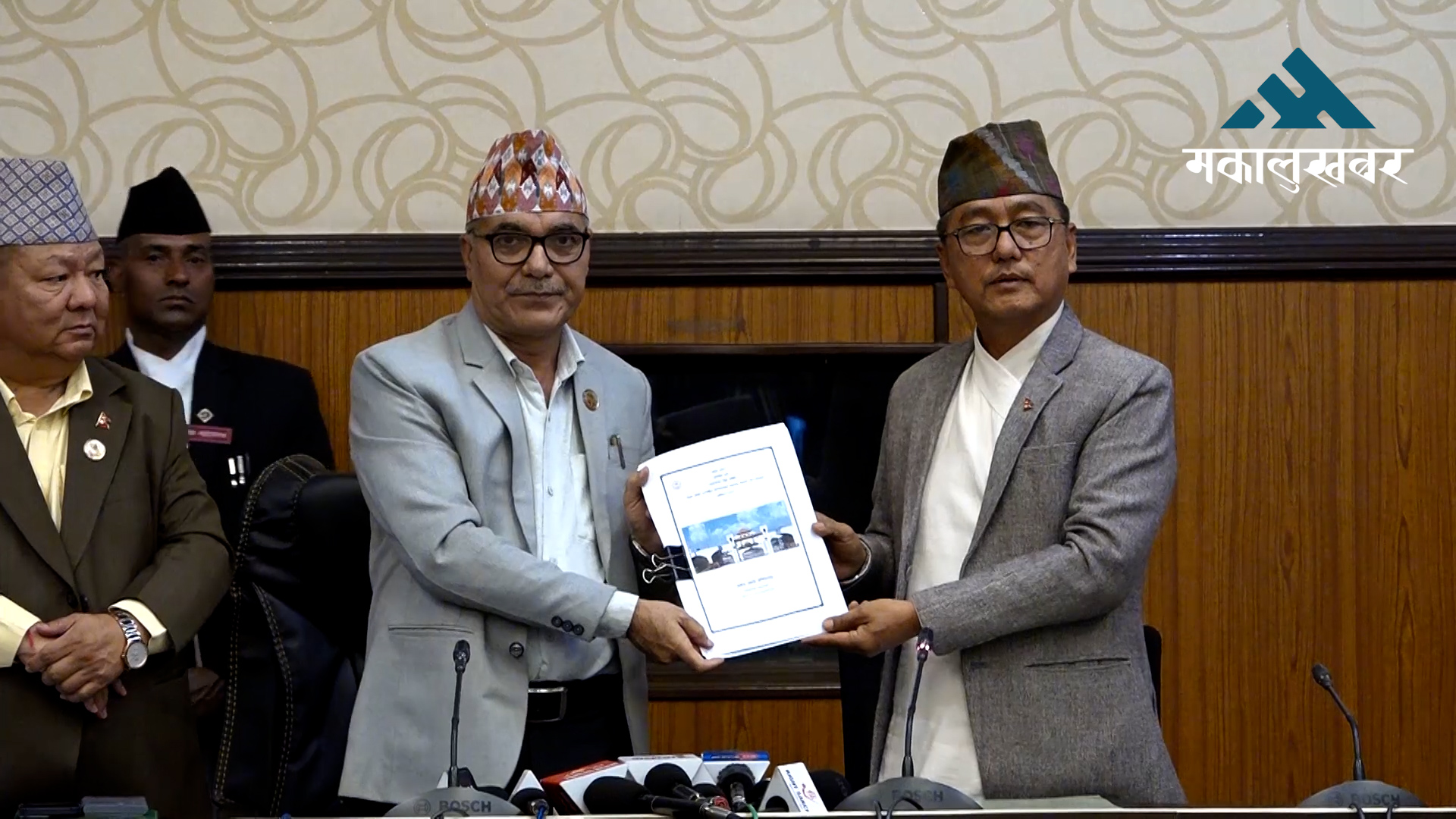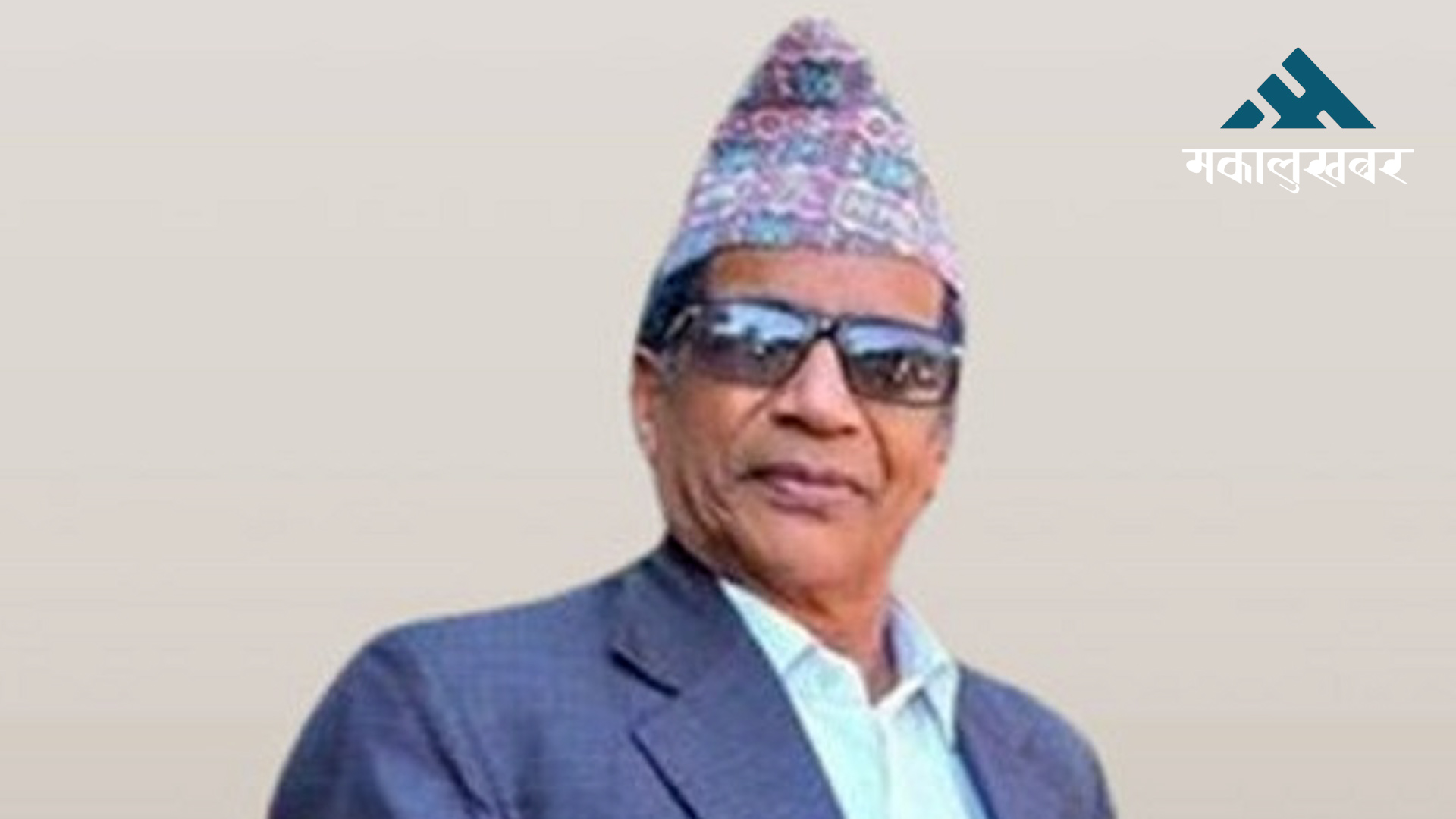Volume of waste in Bancharedanda decreases with segregation policy
Before the implementation of the policy, 20 waste containers used to reach Bancharedanda daily.

KATHMANDU: The volume of waste at Bancharedanda, the site for managing waste produced by the Kathmandu Valley, has decreased following the implementation of a waste segregation policy at the household or the first collection point.
Before the implementation of the policy, 20 waste containers used to reach Bancharedanda daily.
However, this number has now dropped to 15, according to Sarita Rai, Chief of the Kathmandu Metropolitan City Office’s Environment Management Department.
The segregation policy has been implemented in 10 wards (Wards No. 12, 18, 19, 20, 21, 22, 23, 24, 25, and 27) out of the 32 wards in the city.
Waste from 18 local levels within the Kathmandu Valley is managed at the Bancharedanda landfill site.
The Solid Waste Management Act of 2068 BS (2011) mandates that solid waste be segregated at the source into at least biodegradable and non-degradable categories.
The Kathmandu Metropolitan City’s Environment and Natural Resources Conservation Act (2011) aligns with this provision.
According to reports, 18 local levels in the Kathmandu Valley produce 1,600 metric tons of solid waste daily.

